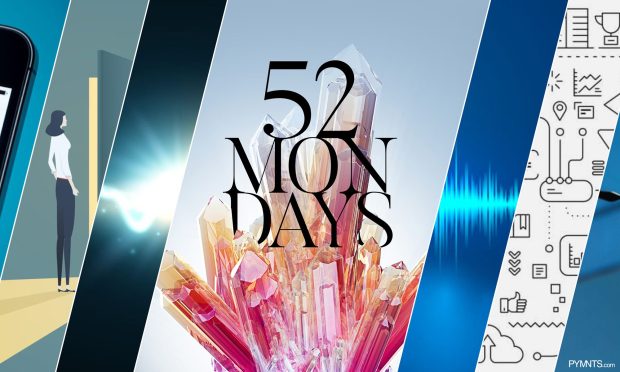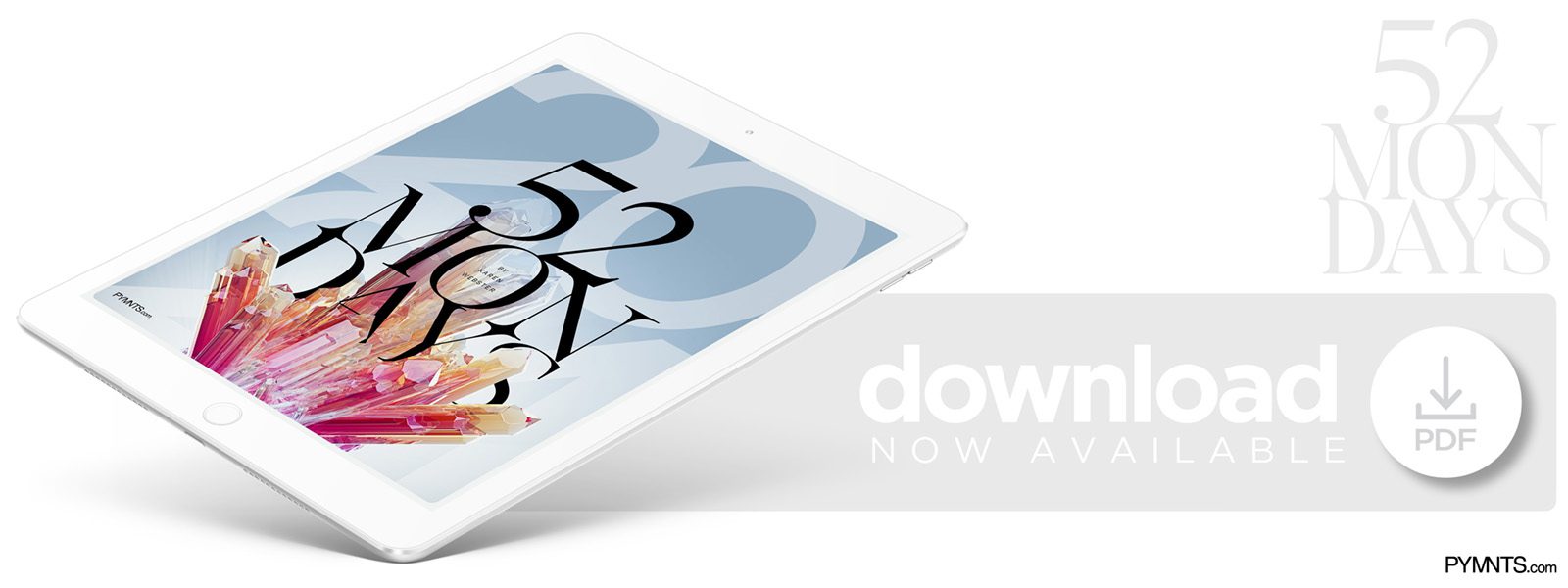52 Mondays 2021: And Just Like That, The Connected Economy Takes Off

The vintage pop song says, “Monday morning, you gave me no warning of what was to be …”
No disrespect to The Mamas & The Papas, but I do that nearly every Monday (morning).
Perhaps not warnings, but notices, alerts, signposts as to what may lie ahead. It was necessary, as 2021 has in some ways been more surprising than 2020 — and that’s saying something.
It started by framing six trendlines, and the concept of “digital-first” tied them together.
On the first Monday of 2021, I wrote: “Now, digital is the first — and in some cases the only — touchpoint that consumers have with merchants and that businesses have with other businesses. 2021 will be the year businesses recognize that digital isn’t another channel to deploy and manage, but the front door to getting and then keeping their customer relationships.”
We believed it then as now, but the speed and scale at which it’s happening still amazes.
By February, the decimated business travel sector made for a Monday contemplation. The digital shift was hitting full tilt at that point, and what was true then is just as true 11 months later: “Firms have pivoted their business and marketing practices to reflect the new status quo — using digital tools and tech to fill the funnel, shorten the sales cycle and close business.”
About two months later, streaming entertainment skirmishes dominated headlines, including ours. We also saw a broader trend as we reported on dueling VOD services.
“Like streaming’s cord-cutters,” I wrote in April, “this new retail persona — the digital shifter — is creating her own best-of-breed shopping experiences using her mobile device, using apps to order and pay ahead, and choosing the merchants who can support her newfound, digital-first preferences.”
Jumping forward two months to June found us waist-deep in the ConnectedEconomy™ — a framework for understanding a freshly digital-first world by examining eight pillars, each representing “a building block of the global digital economy that is rapidly taking shape.”
That construct, more than any other, continues to inform PYMNTS’ coverage of economies that made the digital shift out of dire need, only to discover that it offers many advantages from safety and convenience to cost savings to business efficiencies only dreamt of a short time ago.
With the dog days of summer came the first COVID variant — Delta — which renewed the worries of Main Street merchants that survived 2020 intact. Our research found that 75% of Main Street businesses invested in technology in the prior 18 months “to adapt to their customers’ expectations of a different, digital-first shopping experience — and they have the sales growth to show it.”
Autumn arrived as we revisited ConnectedEconomy™ progress, writing in October that “we now see green shoots of the connected economy everywhere as brands become platforms, platforms become connected ecosystems, payments create new connected economy opportunities and innovators use technology to give platforms a new connected economy reality.”
By the following month, we declared that “Voice Operating Systems Like Alexa Will Power the Connected Economy.” After four months of announcements, I believe it even more today.
I’ve been called a troublemaker at least once, when on one particular Monday in November, I posed the jokey (and loaded) question “Who Wants to Be a Crypto Millionaire?” It was seriously meant. Wondering about the unsophisticated crypto buyer caught up in the thrill of the moment, I said, “It’s not even clear whether they’re investing, or trading and speculating on that next big thing, meme stock or get-rich-quick opportunity across the now vast crypto economy.”
Crypto’s future is still unclear, but at least some have pumped the brakes. Smart move.
Closing out the year, there was no better topic to tackle than buy now, pay later (BNPL), the alternative credit solution that’s taking over the world. On that score, it was a shout out to traditional card issuers and rails that the new kid in town could soon be gunning for them.
“Over time, as payments gateways enable real-time payments connectivity to merchants, as these players grow their own merchant networks and as consumers build more trust in these players, the shift away from debit cards and card rails as the alias to a new real-time payment option seems imminently doable — if not a likely outcome.” Now, we wait.
A year’s worth of Monday reflections from 2021 — Zoom, super apps, BNPL, crypto, the voice OS, the metaverse — set us up for a 2022 with startling potential.
As the Zen master said, “We’ll see.”
